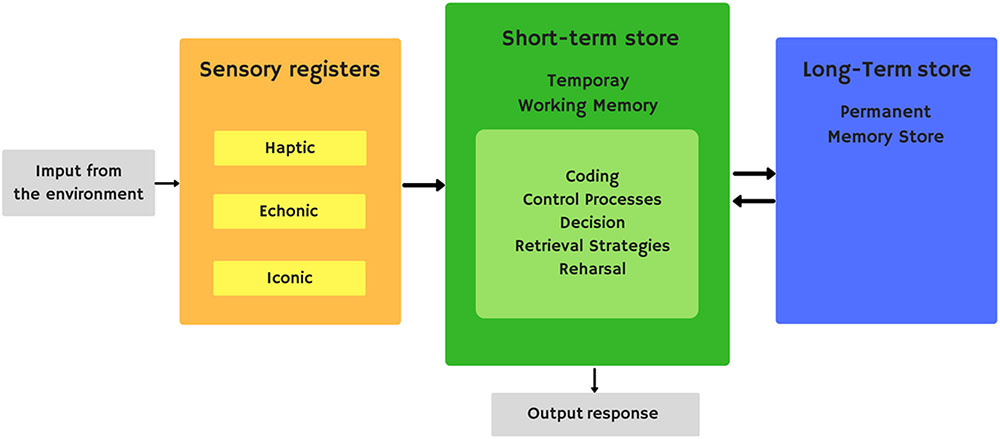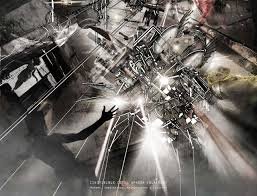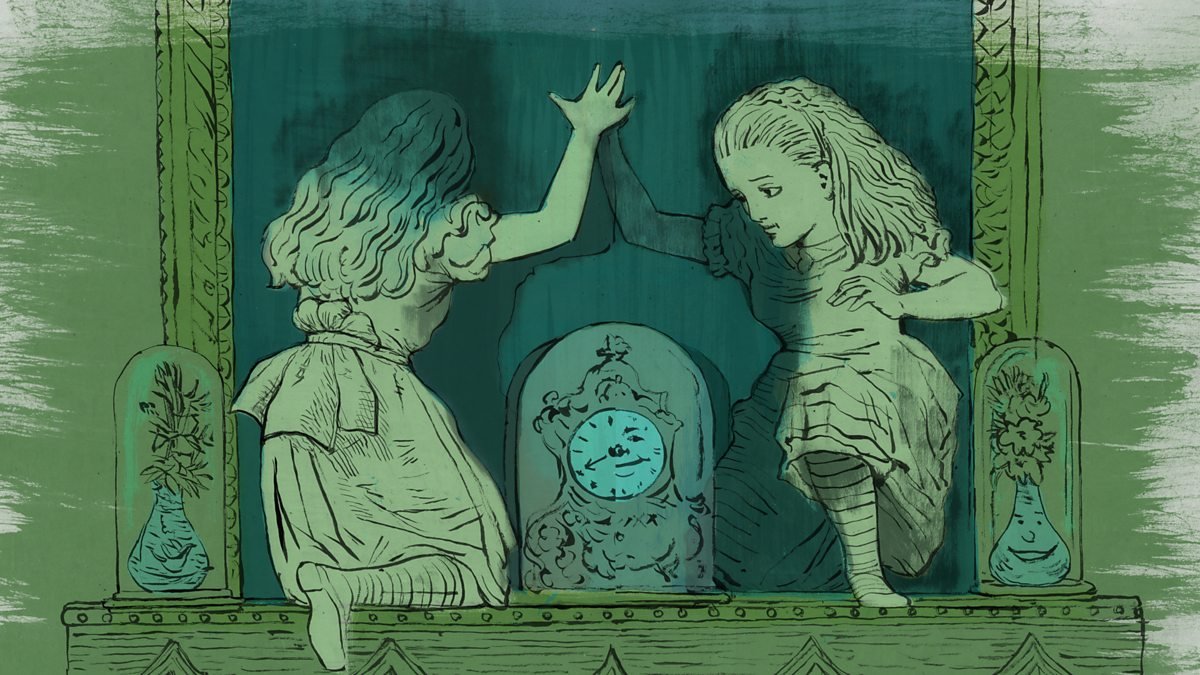Among all dimensions of human experience, none is as fundamental yet as elusive as time. We do not merely live in time — we are time. The self, as psychiatry increasingly recognizes, is not a static entity but a temporal process, continuously reassembled through memory, anticipation, and narrative coherence. When this temporal architecture fractures, identity itself begins to disintegrate. In this sense, psychiatry is as much a science of time as it is of mind.
From the earliest phenomenological psychiatrists — notably Karl Jaspers, Eugène Minkowski, and Ludwig Binswanger — to contemporary cognitive neuroscience, time has been seen as the silent axis of consciousness. Minkowski described schizophrenia as a “disorder of lived time,” where the fluid continuity of experience collapses into fragmented moments. Patients report that events no longer “flow” but appear disjointed and mechanical, as if their life were a sequence of still frames. This temporal disconnection often precedes delusions or hallucinations: when time stops making sense, so does the world.
Modern neuroscience has begun to validate these phenomenological insights. Studies reveal that temporal integration — the brain’s ability to link sensory events into a coherent sequence — depends on synchronized oscillations across distributed networks, particularly in the hippocampus, prefrontal cortex, and cerebellum. Disruptions in these temporal binding mechanisms appear in disorders such as schizophrenia, PTSD, and depression, each in distinct ways. In schizophrenia, patients experience temporal fragmentation; in PTSD, temporal intrusion, where traumatic memories invade the present; and in depression, temporal stasis, where the future loses vitality and the past becomes a gravitational field of guilt.
Memory, the scaffolding of identity, is likewise temporal. It gives the self a story — a past to remember, a future to anticipate, a present to interpret. Psychiatric illnesses often erode this narrative. In amnesia, the self becomes untethered, unable to recall the thread that binds experience. In dissociative identity disorder, time is compartmentalized into separate selves, each with its own chronology. Even in everyday melancholy, one senses a temporal distortion: the slowing of subjective time, the endless repetition of regret.
Phenomenologically, the self may be understood as a temporal synthesis of memory and anticipation. We live forward but understand backward, constantly reconstructing who we are through recollection and projection. This process requires a delicate balance between stability and change. When the balance fails — when memory dominates without renewal or the future feels inaccessible — psychiatric suffering emerges. As the French psychiatrist Pierre Janet noted, “Pathology begins when the mind ceases to be elastic in time.”
Contemporary research in autobiographical memory provides a neural counterpart to these philosophical ideas. Functional imaging shows that recalling personal experiences activates not only memory circuits but also regions involved in imagination and social cognition. This suggests that remembering is not passive retrieval but reconstruction — an act of narrative authorship. In depression, overactivation of the default mode network leads to rigid, self-focused rumination, while reduced connectivity with executive areas limits reappraisal. In trauma, the opposite occurs: memory fragments remain vivid yet unintegrated, stored as sensory impressions rather than coherent stories.
Psychiatric treatment, then, can be seen as an effort to restore temporal coherence. Psychotherapy helps patients reorder experience into a meaningful sequence, transforming chaos into narrative. Pharmacotherapy, by modulating neurotransmission and oscillatory rhythms, may likewise recalibrate the neural clocks that underlie subjective time. Emerging interventions such as psychedelic-assisted therapy or virtual reality exposure allow individuals to revisit traumatic or rigid time loops under new emotional conditions — effectively rewriting the temporal architecture of the self.
Philosophically, the study of time in psychiatry challenges the modern obsession with the “present moment.” While mindfulness and presence have therapeutic value, human meaning ultimately arises from temporal extension — the dialogue between what has been and what may yet be. To exist is to stretch across time, to remember and to hope. The self is not a point but a trajectory.
In conclusion, psychiatry’s engagement with time and memory is not a peripheral curiosity but its existential foundation. Every disorder of mood, thought, or identity is, in some sense, a disorder of temporality. Healing, therefore, means more than symptom reduction — it means re-establishing the continuity of being, allowing life once again to flow.






